31 October 2025
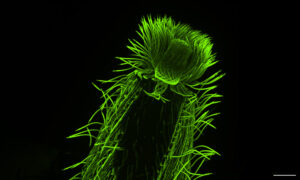
EMBL researchers have been using a powerful technique called ultrastructure expansion microscopy to peek deeper inside living organisms and understand how they function.
SCIENCE & TECHNOLOGY
22 May 2024
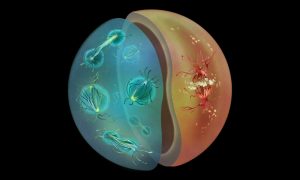
New research by EMBL scientists shows how different modes of cell division used by animals and fungi might have evolved to support diverse life cycles.
SCIENCE & TECHNOLOGY
22 April 2024
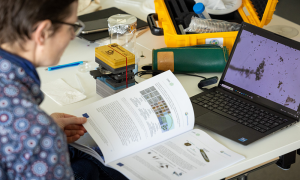
BIOcean5D is an EMBL-coordinated project co-funded by the European Union that unites 31 institutes to address pressing global challenges on marine biodiversity.
LAB MATTERS
11 February 2023

A recent student visitor shares her impressions from visiting EMBL’s Vincent group as we recognise International Day of Women and Girls in Science.
LAB MATTERS
25 January 2023

EMBL hosts inaugural meeting for major interdisciplinary project designed to boost understanding of ocean life
CONNECTIONSLAB MATTERS
2023
connectionslab-matters
31 October 2022
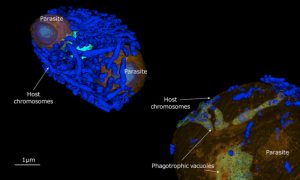
Plankton parasites provide a zombie story perfect for Halloween. While invading single-celled plankton, these parasites devour the cell’s nucleus and hijack metabolism while the organism remains alive.
22 October 2021
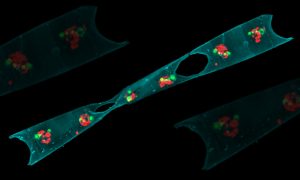
A technology around since the ‘60s, flow cytometry has increasing applications. New leadership at EMBL’s flow cytometry facilities is looking to ease use, expand training, and encourage more collaboration.
LAB MATTERSSCIENCE & TECHNOLOGY
2021
lab-mattersscience-technology
5 June 2021

EMBL’s EU Green Week event showcased various ways molecular biology research can help solve environmental challenges.
LAB MATTERS
20 May 2016

Dozens of postdocs boosted their careers with a voyage aboard the Tara Oceans research schooner
PEOPLE & PERSPECTIVES
2016
people-perspectivesscience








